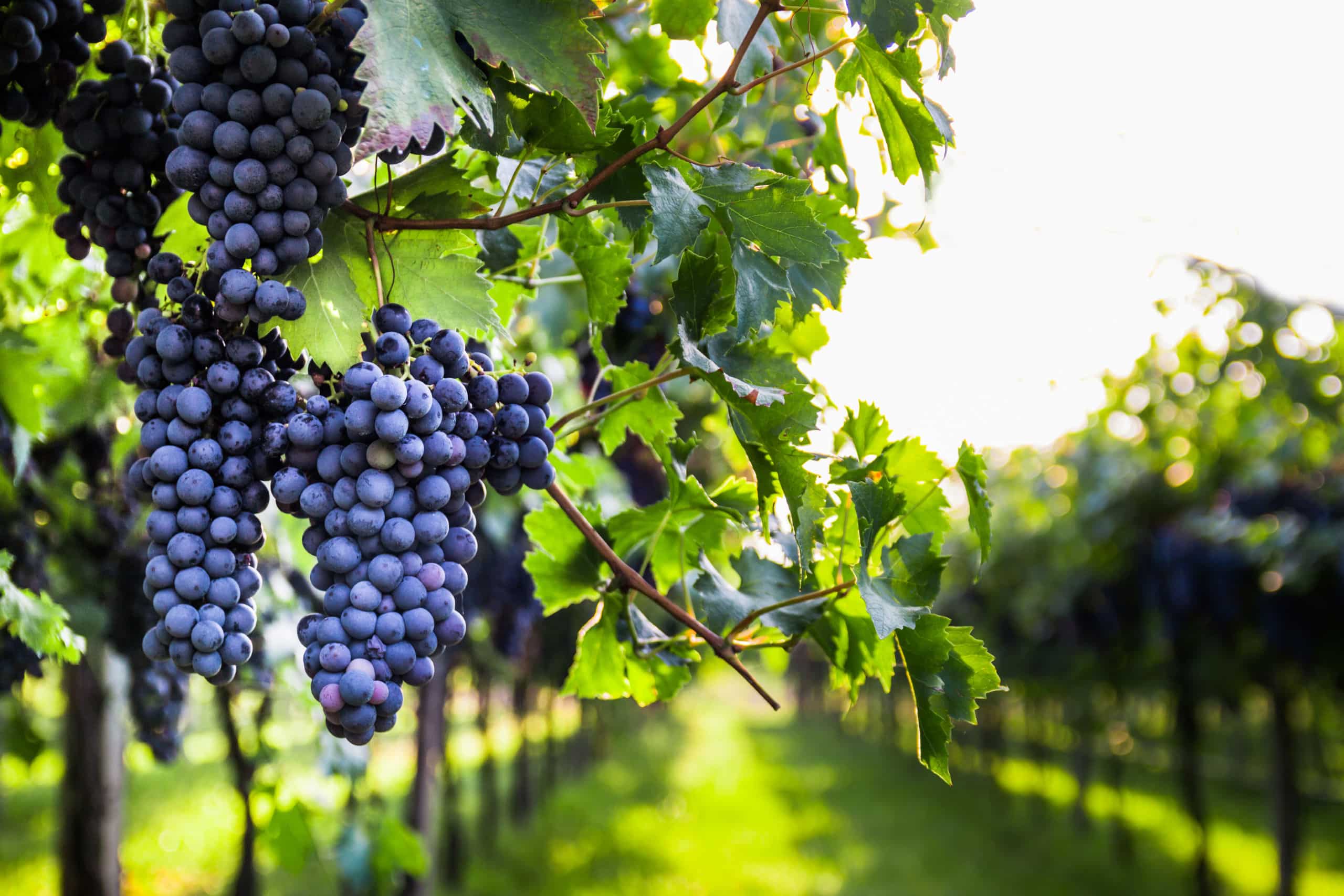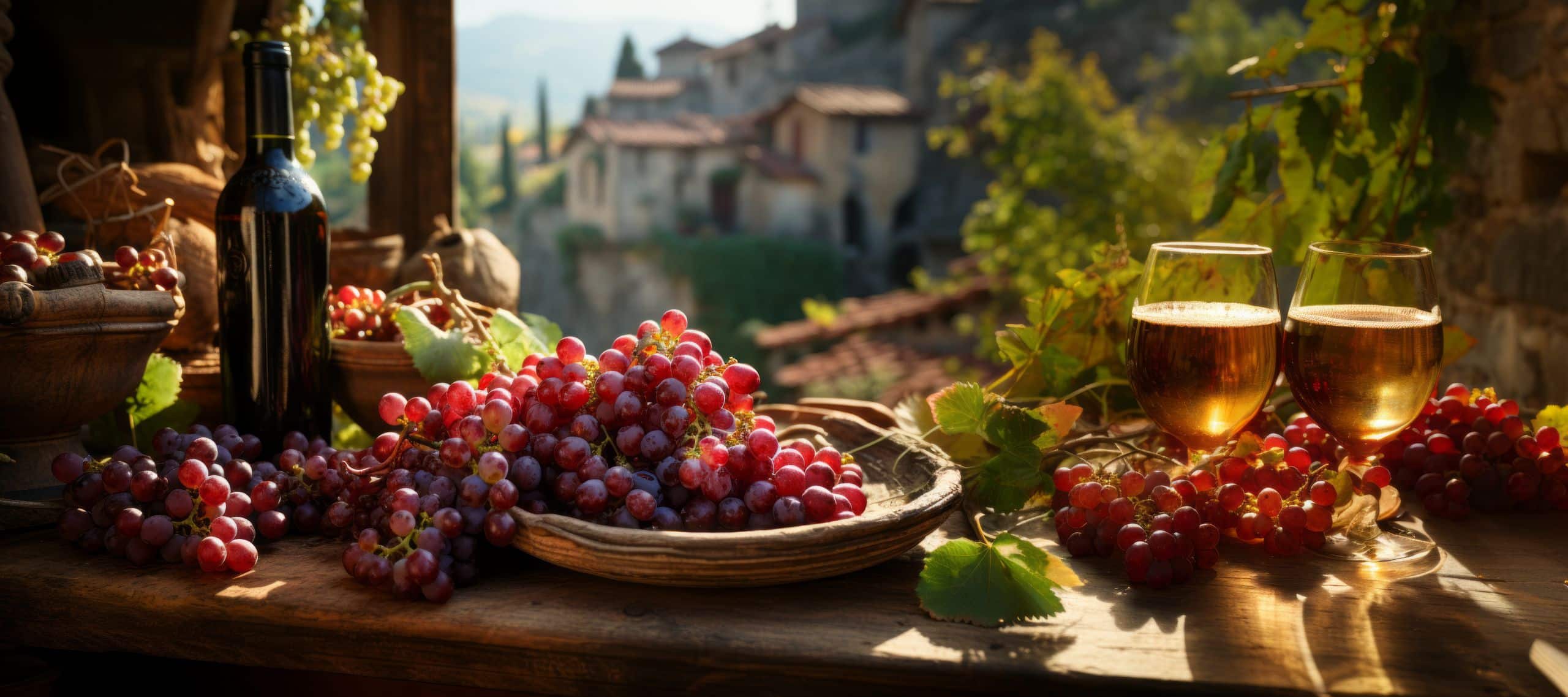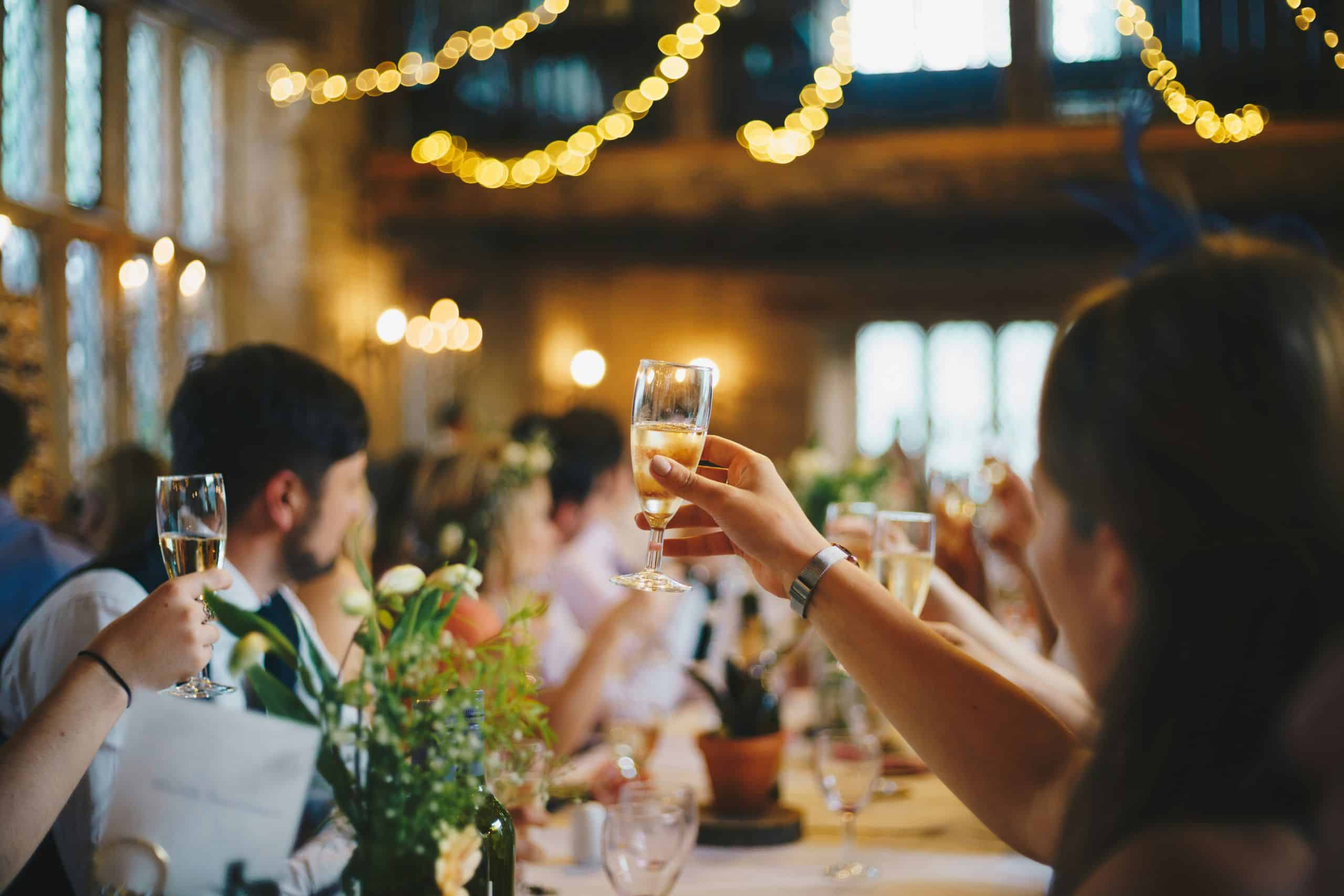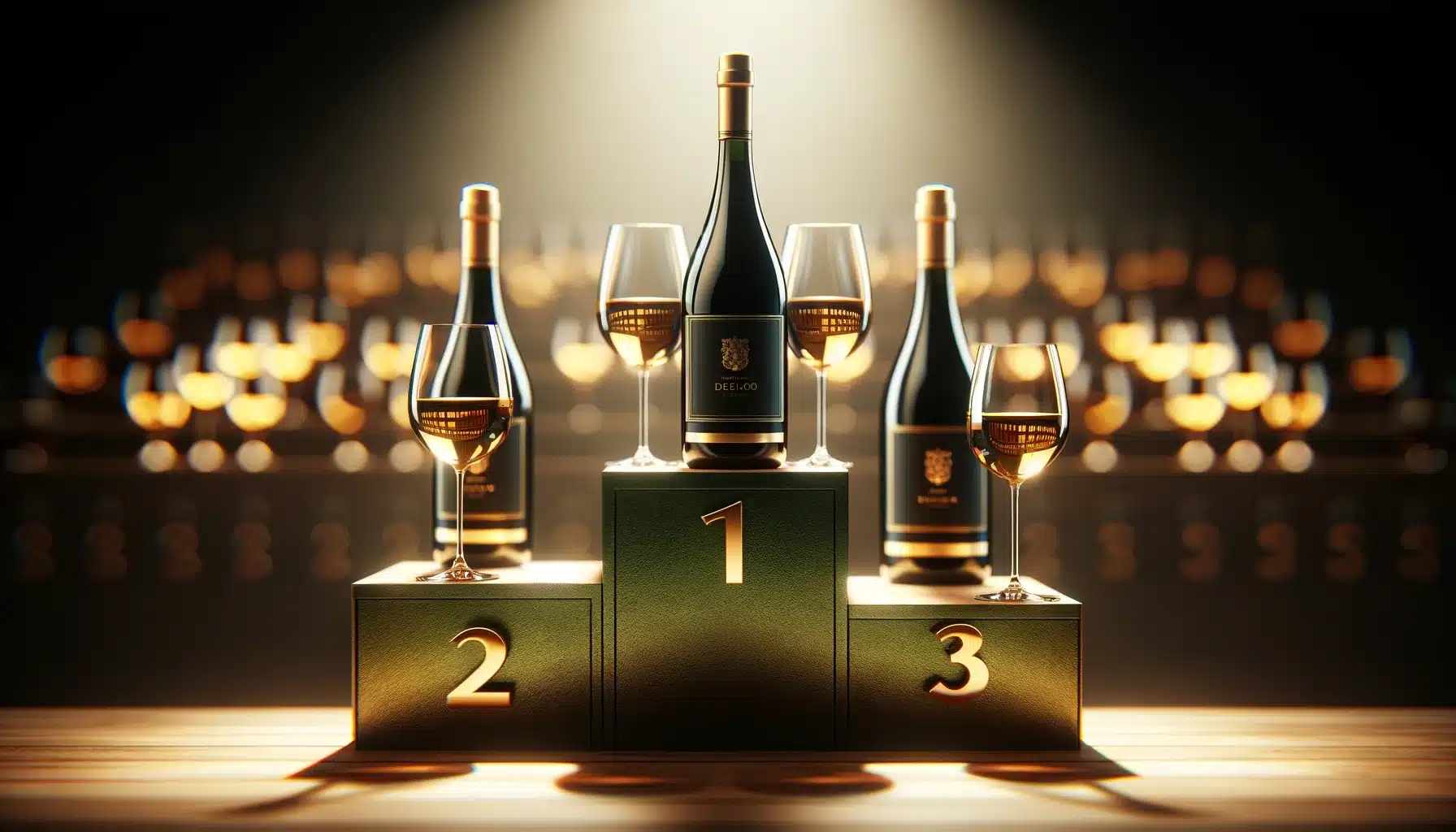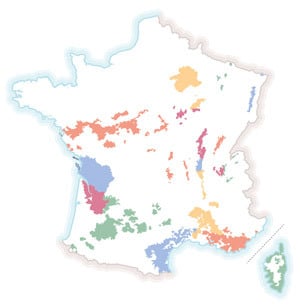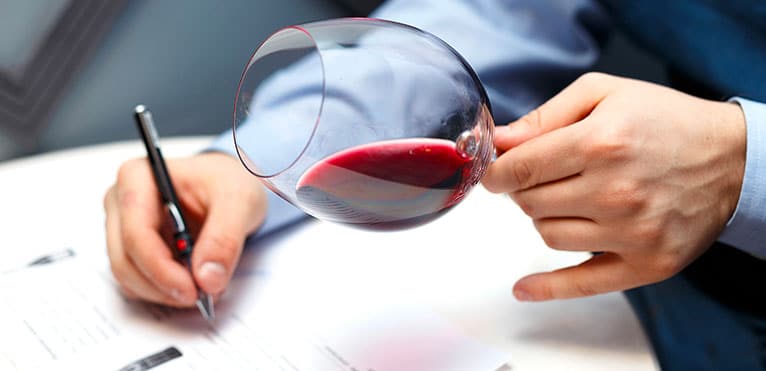
Contents
When we talk about the “robe” of a wine, we always refer to its appearance in the glass. The appearance can be broken down into a number of sub-sections, all of which provide a wealth of information on the characteristics of the wine in question. In fact, when analyzing a wine’s color, it is necessary to look at its clarity, intensity and hue.
Clarity
Here, we look to see if the wine’s color is limpid, or more or less dull. Turbidity is often caused by particles in the wine. To determine the clarity of a wine, the glass is tilted under a light source, revealing these particles.
Often, for red wines, these particles are what we call “deposit”: the result of the sedimentation of several wine components, such as tannins or anthocyanins. This deposit, which in no way detracts from a wine’s quality, often appears as wines age or because the winemaker has chosen not to fin or filter his wine before bottling.
In the case of white wines, the presence of particles is often due to the appearance of scale crystals after long storage in a cool place. Don’t worry, these particles have no influence whatsoever on the quality of a wine!
However, a dull wine can also indicate the presence of defects, such as bacterial contamination. To recognize it, the cloudiness due to bacterial contamination remains suspended in the glass, unlike the previous two, which fall to the bottom. But don’t worry, bacterial contamination is becoming increasingly rare as production processes become increasingly controlled!
Intensity
By intensity, we mean the degree of color in a wine. To determine it, tilt your glass and look from the top: you can then see how far the color extends from the center of the glass, to the rim, more commonly known as the “disk”. The tighter the color, the more intense it becomes!
For red wines, the skin to juice ratio most often determines color intensity. The more skin the grape has, the more intense the color of the wine. Indeed, the juice of even a red grape is white, so it’s the skin, through particles called anthocyanins, that gives color to the grape juice during maceration.
It’s also worth remembering that the grape’s degree of ripeness will also influence color intensity: the riper the red grape, the more color molecules the skin will contain!
Finally, the longer the maceration, the more anthocyanins the skin will release into the juice, giving the wine a more intense color!
For white wines, we can’t really apply this explanation, as they rarely undergo maceration and often go straight to the press to extract the juice. In fact, the older a wine gets, the more intense its color becomes!
Sweet wines, like Sauternes, owe their color intensity to the over-ripening of the grapes before harvest!
The color
Don’t confuse color with intensity. In fact, even when tilted, the composition of a wine is identical from disk to center, so the wine has one and the same color. It’s the intensity that changes, as the level of wine at the tilt is different between the disk and the center. So you can’t say that a wine is cherry-colored in the center and brown on the disk!
To determine color, the more intense the wine, the further away from the center of the glass it is necessary to go. In fact, for some very intense reds, the wine may appear very opaque in the center, making it difficult to distinguish one color from another. The color may be purplish, ruby, garnet, tile or brown.
For whites, most are rather pale, so you’ll need to take the opposite approach and look at the center, where the color is deep enough to be distinguished. A wine can then be described as yellow-green, lemon yellow, golden, amber or brown.
Often, color intensity and color are intimately linked because they have the same meanings. An amber-colored wine for whites or a tile-red wine for reds will almost always be intense: in fact, these colors often correspond to an aged wine, as they appear after prolonged oxidation.
The opposite is true of yellow-green or purplish wines, which are often not very intense. These wines are often made from lightly-colored grape varieties such as pinot noir and chardonnay, and when young.
